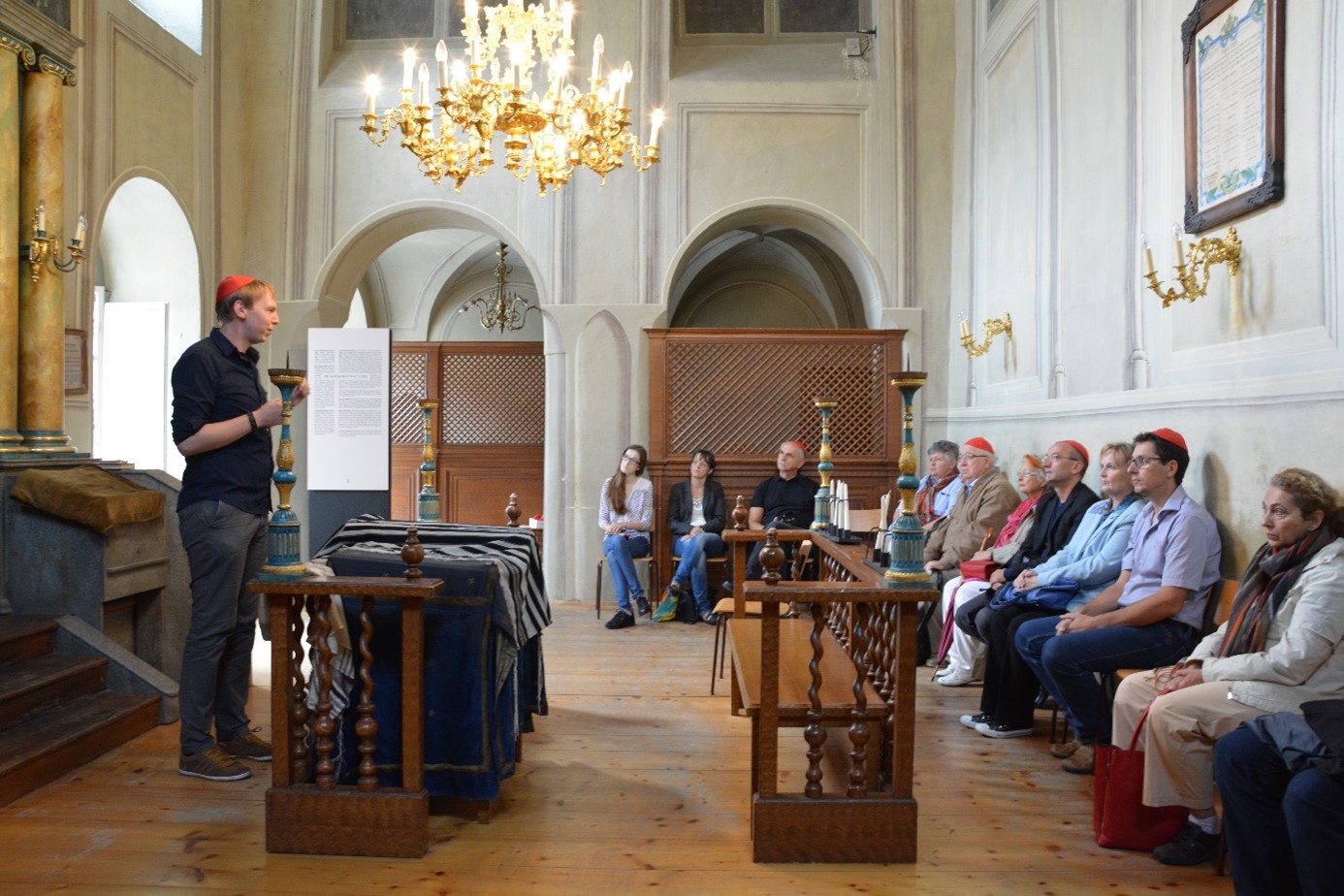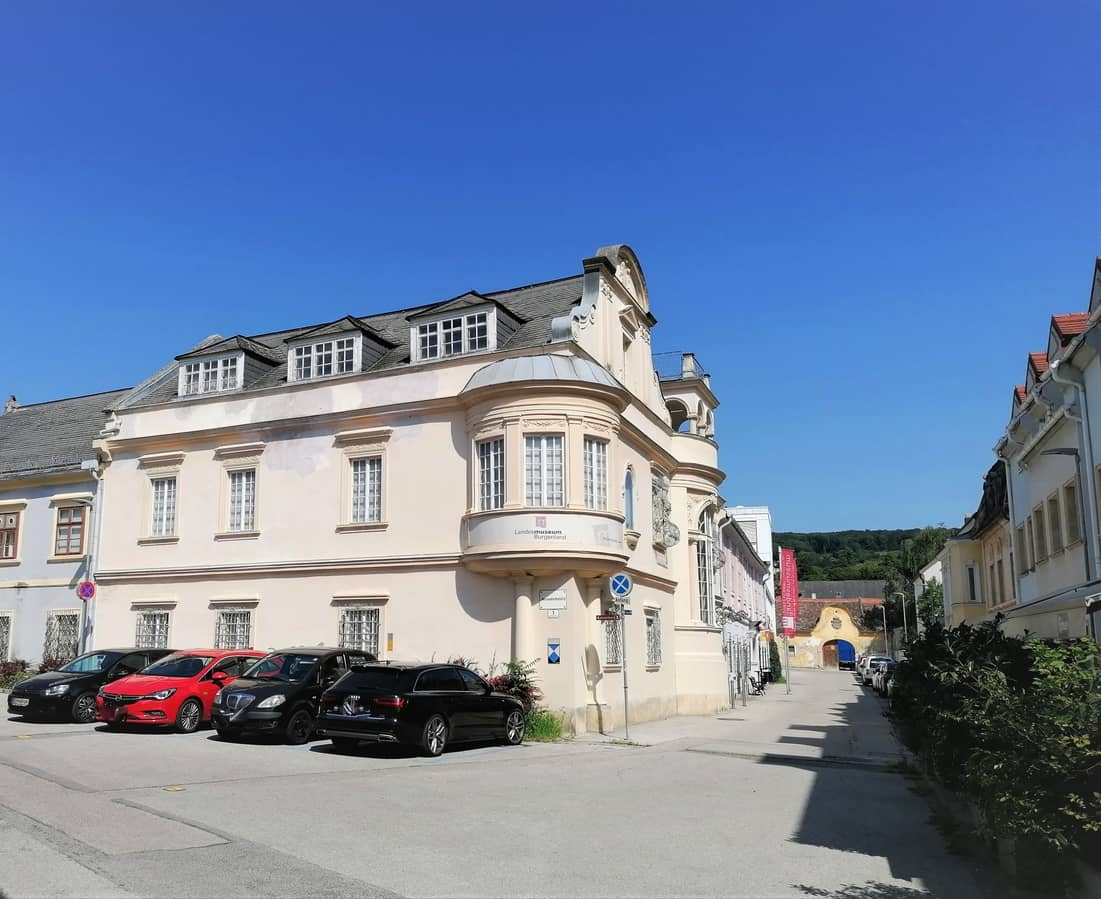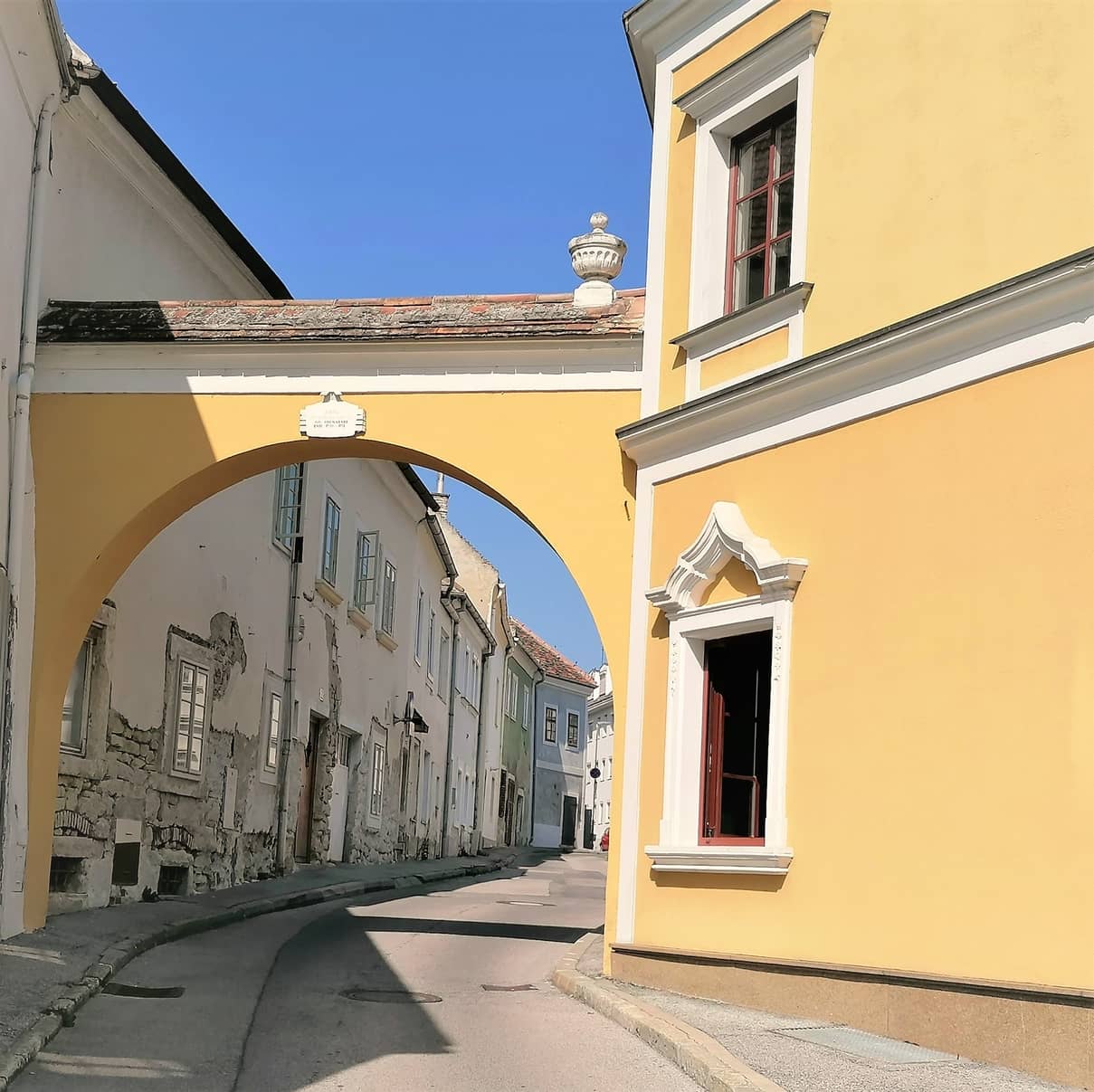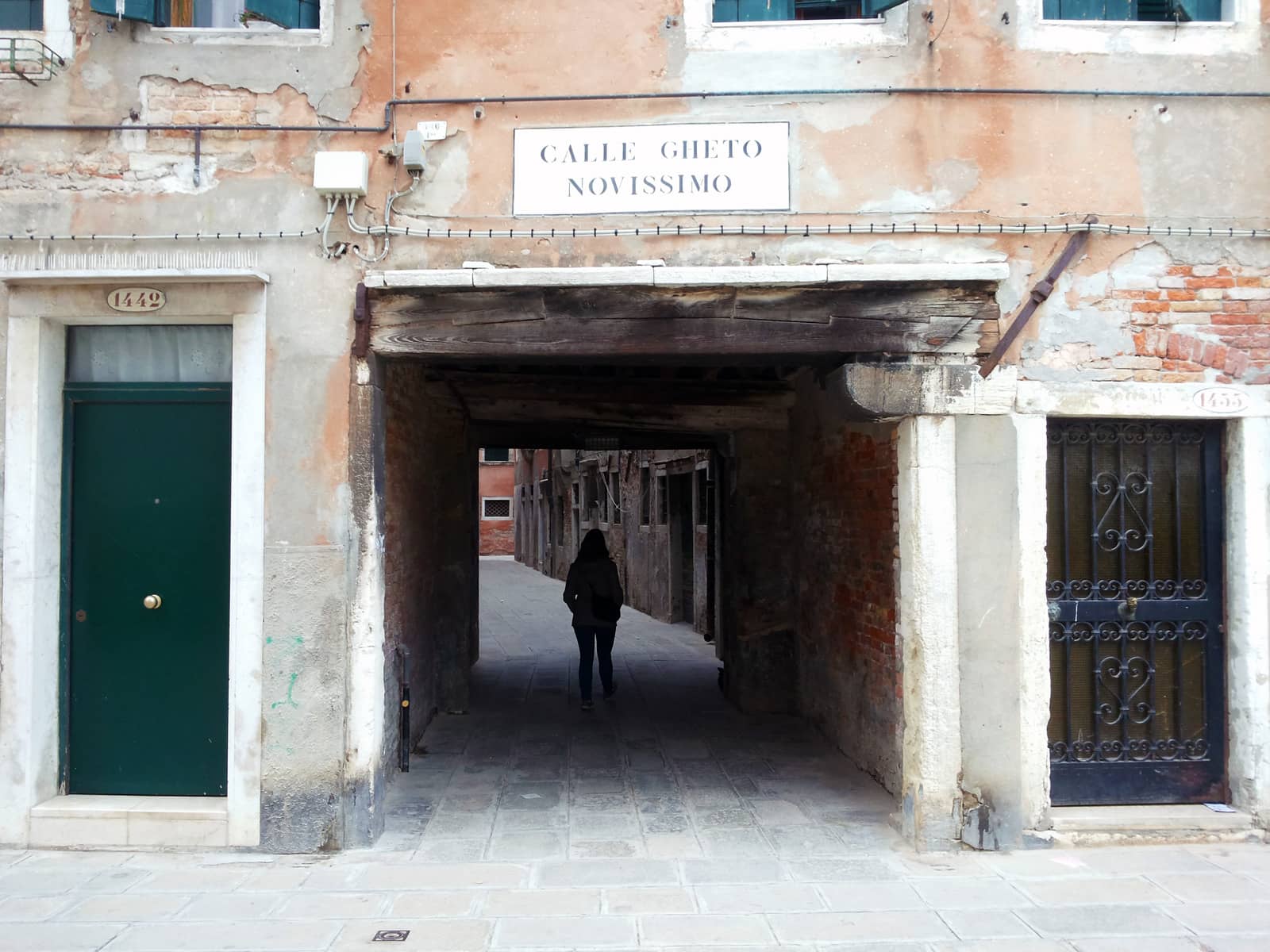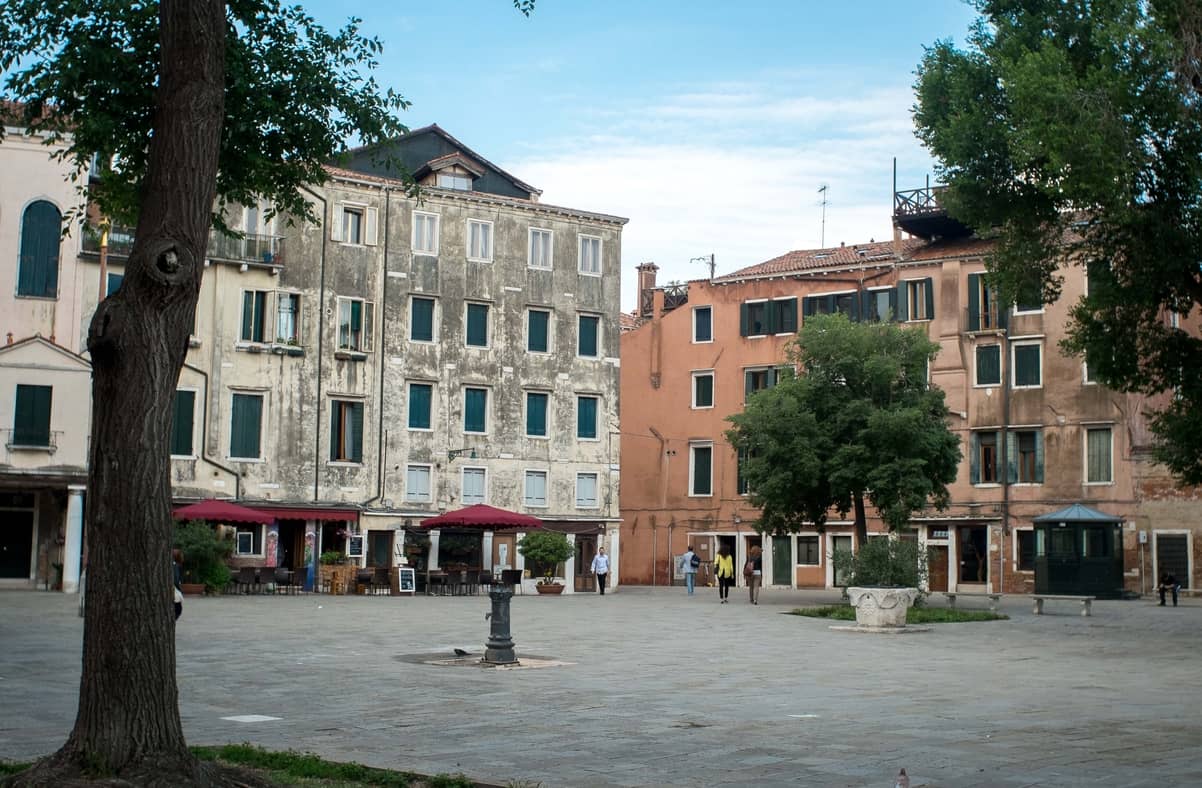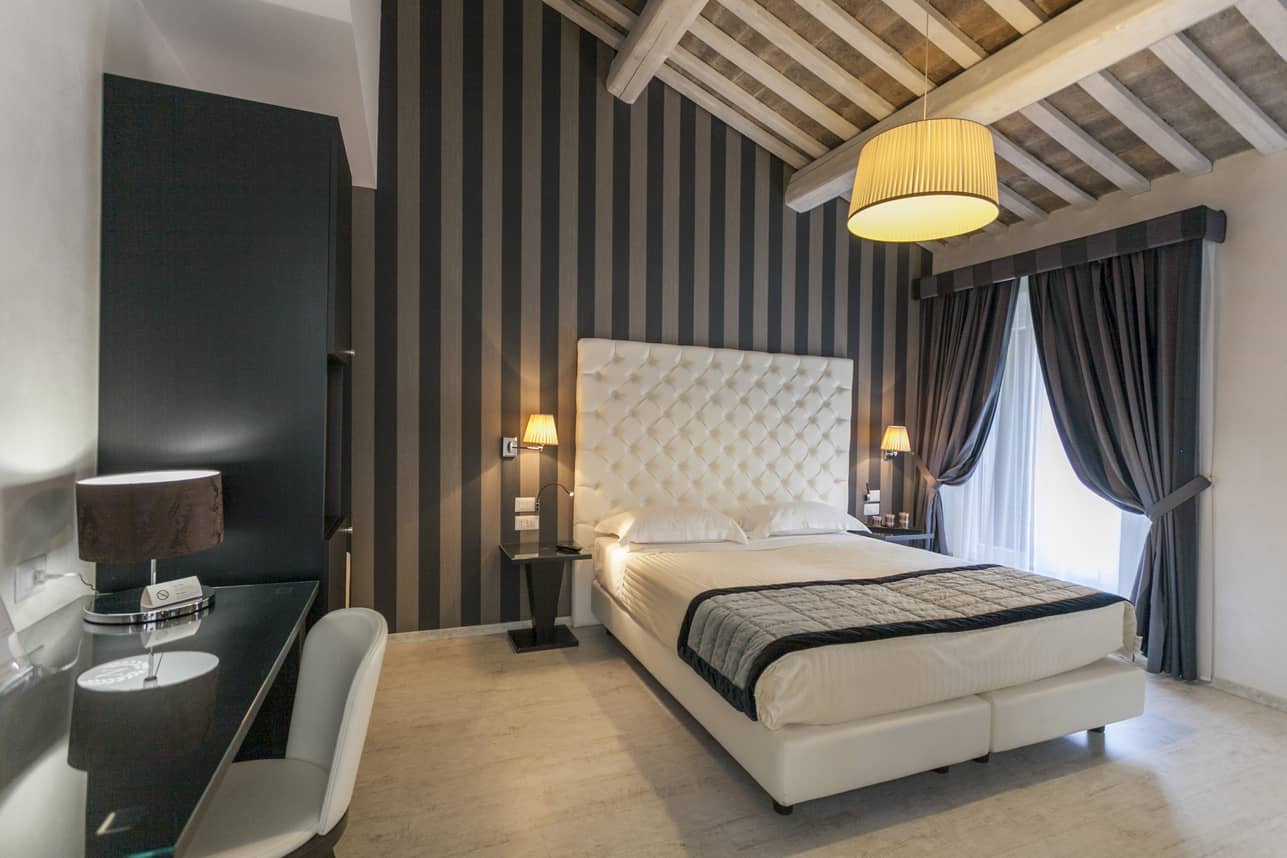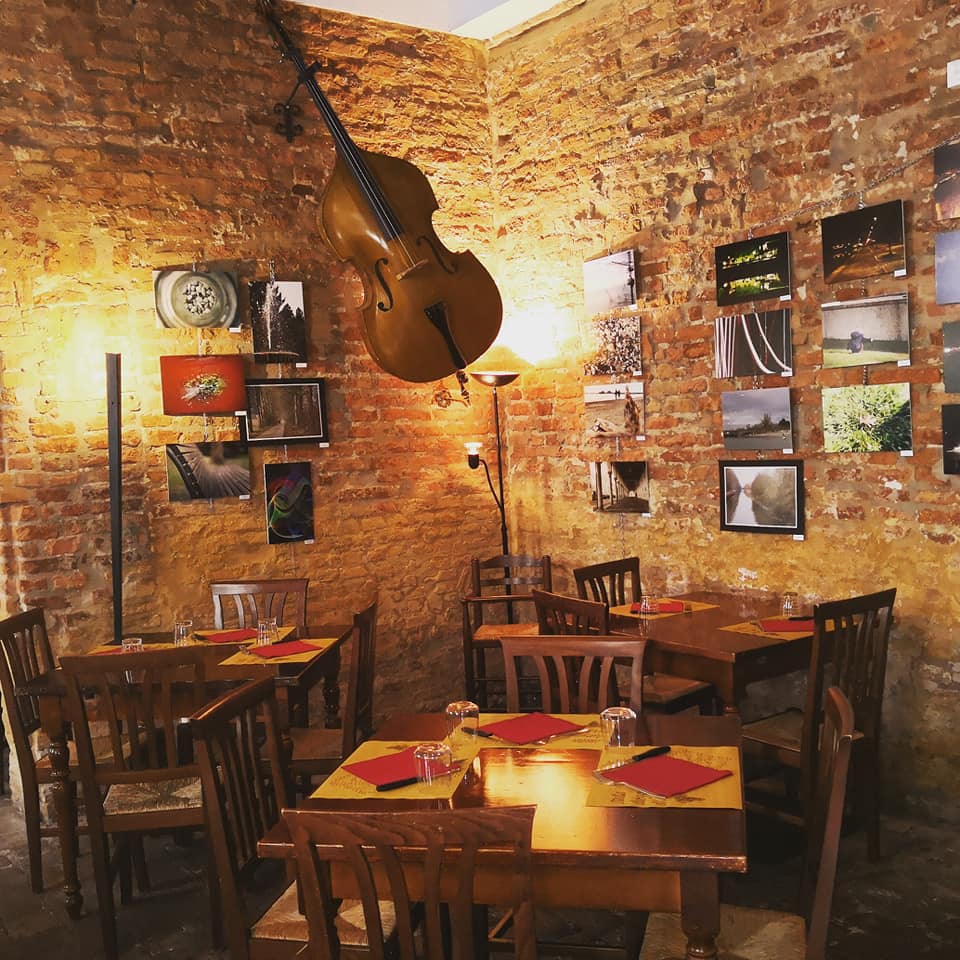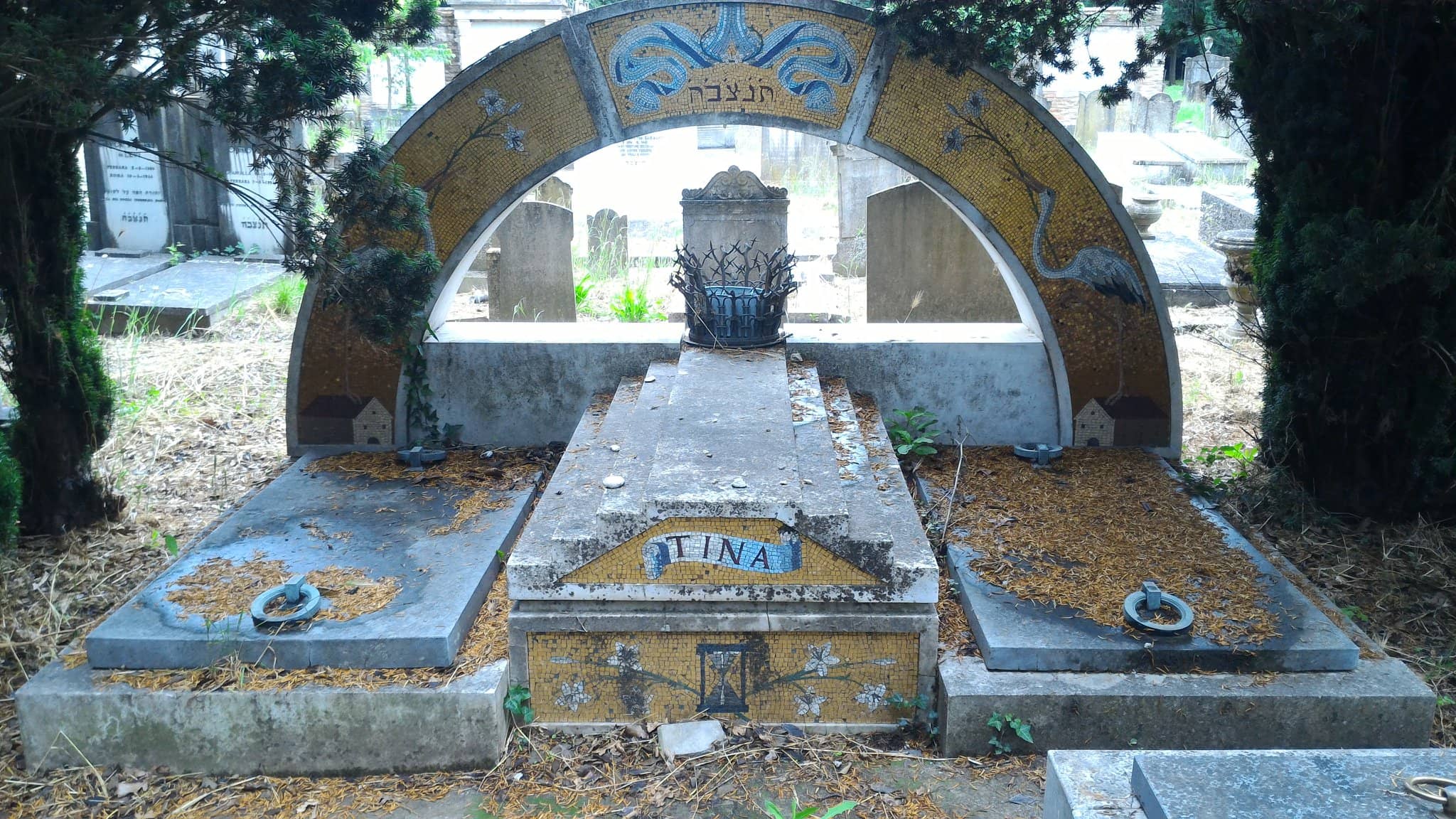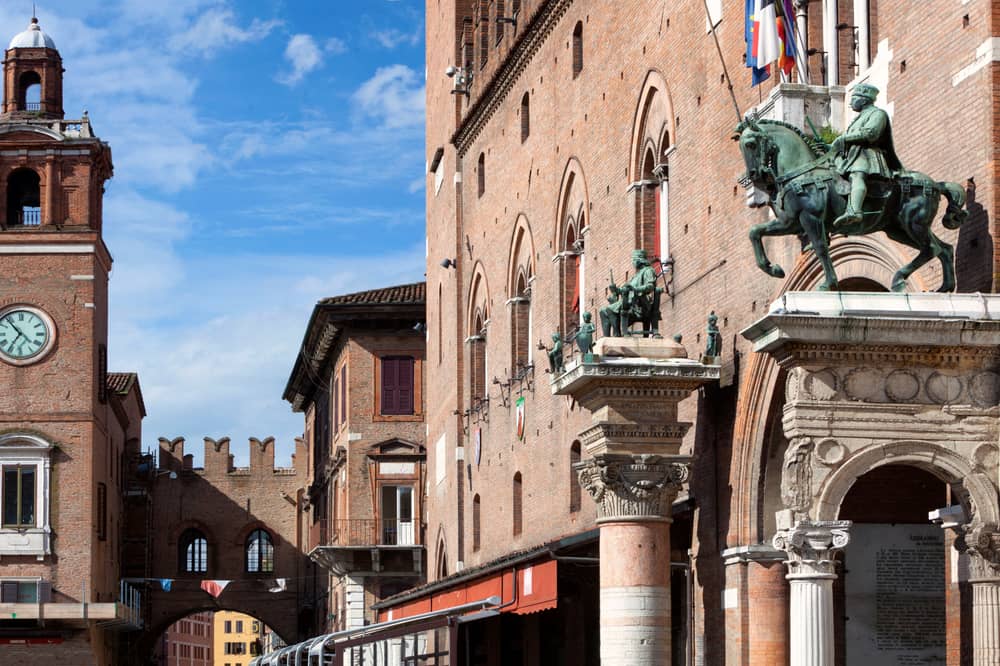The Austrian Jewish Museum was very fortunate to be able to settle in a historic building of the former Jewish quarter of Eisenstadt. The museum is located in a place where a notable Jewish community settled for more than 250 years. The museum was founded in 1972 as the first Jewish museum in Austria after 1945. During a visit, you can not only see the former private synagogue and the museum’s collections, but also catch a glimpse of the old houses of the Jewish quarter and the two Jewish cemeteries.
Archives: Directory listings
Directory listings
State Museum of Burgenland
The Sándor Wolf Memorial Room is located in this museum and was established in honour of Sándor Wolf, who is considered to be the founding father of the State Museum of Burgenland. Lore Lizbeth Waller was a grandniece of Sándor Wolf. She talks about her summer stays in this house at the video channel of the Research Society Burgenland (http://www.forschungsgesellschaft.at/interviews/eisenstadt.html).
Eisenstadt Jewish Quarter
The first evidence of the presence of Jews in Eisenstadt was found as early as the 13th century. In this settlement, according to documents from the 16th century, there was already a prayer house, a ritual bath and a cemetery. Visible remains have not been preserved.
Arte Ebracio Shalom Judaica
This inviting Judaica shop is located in the Venician Jewish ghetto and sells a variety of Jewish decor made in Venice. Their store is filled with silver, Murano glass, crystal, mosaics, and bronze pieces from mezuzot and menorahs to Shabbat candles and Hebrew-emroidered cloth. Arte Ebracio Shalom also creates and sells a variety of unique pieces for shops, museums, and synagogues.
Ghetto Novissimo
In 1633 the Ghetto Novissimo was added to the existing two ghettos, mainly for the purpose of accommodating Ponentine Jews. Situated at the confluence between the San Girolamo and Ghetto Novo canals, it is the smallest of the three. The area was formed of three blocks of houses, with fine buildings (such as the Treves and Vivante palaces), but did not contain shops or scole. At the end of Calle del Portòn was the gate, which was kept closed.
New Ghetto (Ghetto Novo)
The Ghetto Novo is the area of the city to which, in 1516, the Jewish population of Venice was forced to move. The first ghetto in Europe, it stands on an island demarcated by the canals of San Girolamo, Ghetto Novo and Battello. It was originally only connected to the city by two gates.
Initially, seven hundred Jews of Italian and Central European descent lived there. However, the population expanded rapidly following later waves of migration.
The central square (“campo”) is where daily life was played out, with synagogues, workshops, pawnbrokers (note the sign of the Banco Rosso at number 2912) and wells for the water supply. As it could not expand beyond its borders, in order to increase its capacity for accommodation construction in the ghetto began first to become fragmented and then to take a vertical direction, so that some houses were extended up to as many as eight storeys (which was exceptional considering the instability of Venice’s sandy foundations).
During the 19th century some buildings were demolished and rebuilt. This is the case of the current seat of the Rest Home, (n° 2874), where inside is preserved the aron of the Scola Mesullamim, which was demolished in the 19th century.
On the wall of house number 2874 is the Holocaust Monument (1980). It consists of seven bronze bas-relief plaques depicting scenes from the Holocaust, by sculptor Arbit Blatas. Not far from here, another memorial by the same artist, from 1993, presents on planks of wood the names of the 246 Jews deported from Venice. Of them, only seven would return; a bronze panel depicts them boarding the train carriages.
The main square of the Ghetto Novo leads to the first three synagogues and the Jewish museum.
Visits: a guided tour of the area is available, visiting three of the five synagogues. This is run by the Jewish Museum of Venice.
Hotel Nazionale Ferrara
The “Nazionale” hotel, is a typical historic XVth century building, situated in the medieval heart of Ferrara, just few steps away from the magnificent Romanesque XIIth century cathedral and of the Estense Castle, in the heart of the artistic and cultural town centre. Completely refurbished, the hotel has been meticulously and carefully reconstructed and furnished with fine materials and fabrics.
As a result, each room is characterized by its strong personality: clean lines and surfaces, warm and elegant colors that blend together to give the feeling of warm and friendly atmosphere.
Staying in “Nazionale” Hotel, will make you feel like living in a harmonious environment, enriched with precious details, where history and modernity merge together in one environmental solution, giving the right balance between comfort and design.
Balebuste Ristorante – Osteria
Immersed in the historic center of the Jewish Ghetto, one can dine at the Balebúste Osteria that builds creativity in recipes without forgetting tradition, good wine and a familiar atmosphere
Elisabetta Gulino
Born 1962 in Caltagirone/Sicily, daughter to a German speaking Swiss mother and a Sicilian father, I spent my childhood and youth mainly in Sicily, South Tyrol, and Switzerland.
Very early I got in touch with the fascinating world of foreign languages and tourism. After spending long periods of time abroad – in Switzerland, Germany, Great Britain, Spain and France – for study and work purposes and after getting a University degree in Modern Languages at Verona University, I gained work experience in different industries: foreign trade, manufacturing industry, education, tourism. Music, Photography, Architecture, Crafts, Food & Wine have ever since been among my main interests.
I now work in tourism, a very dynamic, exciting and demanding environment, which constantly offers me new challenges and opportunities. Since 1997 I have been working as a freelance official tour guide in Ferrara and its Province, and as an official tour leader since 2000.
Key Jewish Tours
Ferrara is rich with a Jewish history that dates back to the middle ages. Visitors can appreciate the countless landmarks that pay tribute to this heritage firsthand. The Ghetto area has remained intact both in look and layout throughout various restorations and is now a pedestrian area complete with historical markers and boutiques. The area where the Jewish population once lived has never lost the commercial character it had since its inception and remains a pleasant place to meet up, look around, learn, and shop.
The Historic Community Building in Ferrara was built as early as 1481 (and possibly earlier) and is another important stop on this Jewish itinerary. It was the site of the city’s first synagogue, at 95 Via Mazzini. The building currently houses synagogues, community offices, a prayer room, and a museum which narrates the cycle of life, houses historically significant objects like the keys to the ghetto, as well as sacred objects. Most importantly, the museum tells the story of the community from the establishment of the ghetto, through the French occupation, to the unification of Italy, and celebrates the Jewish contribution to literature. The city’s Addizione Erculea Jewish cemetery goes back to the 15th century and is the final resting place for writer Giorgio Bassani.
